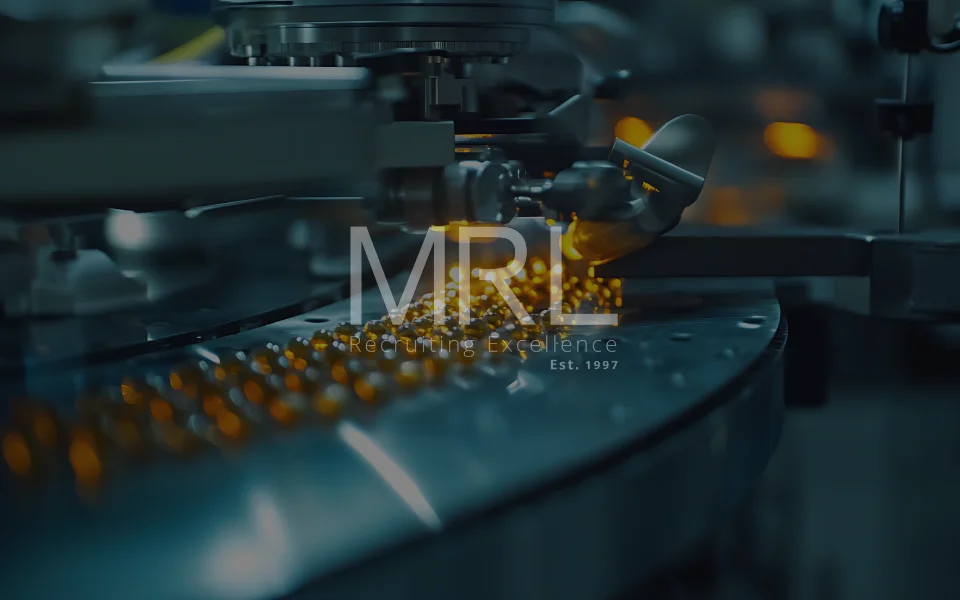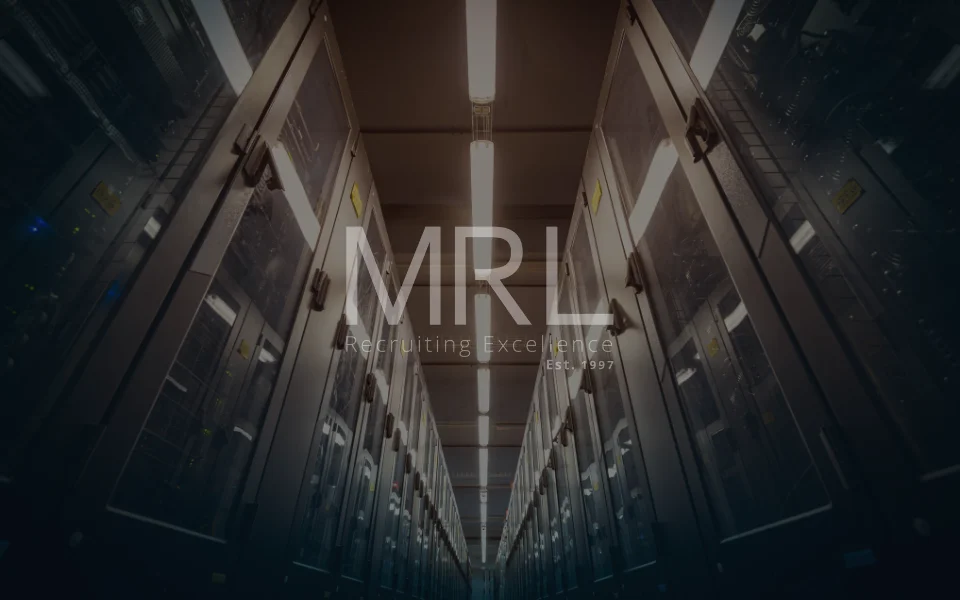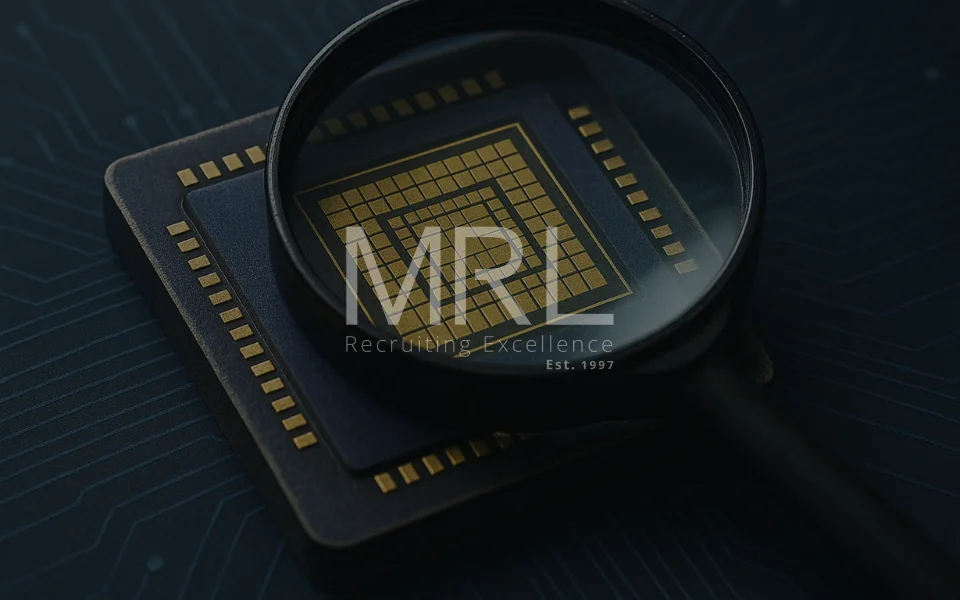How Manufacturing Technology Is Changing Capital Equipment Jobs
02 May, 20185 minutesThe fourth industrial revolution is what we have to thank for it. No longer does it take hou...

The fourth industrial revolution is what we have to thank for it. No longer does it take hours, days and in some cases weeks to craft an object. We can simply push a button, or two, and begin a process that will create a complete product from start and finish. Capital equipment is reshaping our modern world but what effect is it having on hiring and the job market?
The boost that manufacturing technology is seeing, is thanks to drafting in of expert engineers from different businesses into the capital equipment industry. From automotive, to semiconductors, optics and energy, there is an array of knowledge that is required to build more specific machinery to take on more detailed and complicated tasks. Essentially, like most technology, it needs to adopt the cloud to survive in our connected world with IoT devices which are now a staple in every business.
The necessity for this niche expertise has been a disruptive one but have also been a beneficial addition to the sector. It has created new jobs and new careers, however, the skill set needed for these new capital equipment design engineer positions has added a cyclical strain.
The technology advancement is there but getting the staff to jump from one sector to another is the hard part. Meaning lots of roles are left unfilled.
In America it is “estimated (that there are) 1 million more computing jobs than applicants who can fill them by 2020”. – source code.org and it is said that “the UK needs an additional 1.8 million engineers by 2020” – The Engineer. Most of these unplaced jobs are in the crossover sectors, like Capital Equipment manufacturing.
The companies that create the equipment have an increasing need to fill these new niche positions as nearly every market is demanding more advance tech from their capital providers. Some of these jobs haven’t even been seen before, yet are immutable to reach objectives and company goals - luckily that’s where we come in. These mission critical roles are there to do exactly what their equipment does, increase accuracy and speed, and get more products out the door.
With this in mind, we are starting to see is capital equipment become a “Product-as-a-Service” to keep up with consumer demands, professional shortage and business costs. This swing in business is creating a demand where companies are looking to have a piece of capital equipment that negates the need for training staff. How are they doing this? Two letters - AI. Armed with massive amounts of data, new capital equipment can take on delivery tasks based on the assets, previous performance, stock location, operational conditions and past production issues.
Amazon is one of these key contributors to the shift in how business now approach capital equipment. They are radical when it comes to increasing the service they provide with improvements to their delivery and logistics. This means you get your delivery next day, but this also means capital equipment providers have to keep up with the demands applied by the retailer. The updated distribution technology being poured into these tasks is taking the whole process of stock and shipping to a cutting edge space. This will have a knock-on effect to warehouse managers. Now they will need soft skills in understanding these technologies such as wearables and augmented reality, making the jobs more technical.
Though it might be projected that these new additions will remove jobs, with the BBC reporting “Apple and Samsung supplier Foxconn has replaced 60,000 factory workers with robots.” this type of statement never takes into account the people who need to create the complex software to initiate AI systems into these big machines. Some even go as far to predict that in the future “everyone will be a software engineer” which might be hard to fathom but we can see some truth behind it. Because of the apparent skill gap causing strains on hiring, governments around the world are investing heavily into software engineering skills for younger generations. This will take time to ease the strain but soon it will make a massive difference in the job market.
However, right now, the shift in capital equipment employment is clear. New tech, new jobs – not enough skilled people to fill them. It really is that simple. Nevertheless we are there to do the impossible!





